Between Religion and Magic in Ottoman Sunnism: Thaumaturgy and its Sources
Gastbeitrag von Nikola Pantić
Nestled on the boundaries between religion and magic, thaumaturgy today largely avoids scholarly attention. The idea that a ritual is in popular belief connected to a coherent result without an immediately apparent causal relationship belongs to the study of magical belief and practice. Scholars rarely discuss the similarities between orthodox religious practice and what was in the previous centuries dubbed “sorcery“ by the religious authorities in office. My doctoral research was focused on widespread beliefs and religious practices in eigheenth-century Ottoman Syria. I investigated thaumaturgical practice in this region and showed how integral it was to the Sunni orthodoxy of Ottoman Syria in the early modern period. My study has potential to clarify the position of Sufism in early modern Ottoman religion, as well as to suggest socio-anthropological (but not theological) definitions of a Muslim priestly sodality, which continuously defined the boundaries of orthodoxy, both in Syria and across the Ottoman Empire. Furthermore, my doctoral dissertation continuously brings Muslim and Christian ritual into comparison, uncovering similarities which persisted over centuries and are widespread even today, within and outside these two confessions.
The Staatsbibliothek zu Berlin offers a broad collection of Arabic and Ottoman manuscripts, among which numerous are committed to religious topics. The Oriental Department contains a large number of Sufi-ʿulamā’ works produced between the sixteenth and the nineteenth century. As a doctoral researcher, my initial stay at the StaBi lasted for three months. I extended this period by a DAAD stipend, which I deemed necessary in view of the vastness of the source material useful for my research. During this time, I studied the biographical texts of the early modern Syrian religious scholars (the ʿulamā’), as well as the documents left by prominent Sufis to discuss matters of their trade and the approach to their religious practice. In addition, travelogues created by prominent Sufis and scholars represent very valuable material, as they allow the reader to examine both the map of places considered holy by the subjects of eighteenth-century Syria, and analyze the practices performed at such localities.
During the early modern period, Muslim religious authorities, best characterized by the overlap between official religious scholars (the ʿulamā’) and the prominent Sufis, distributed collections of prayers and invocations, as well as manuals intended to instruct the reader in the mystical power of letters, words, names of God, and talismanics. Scholars presume that these tomes were read by disciples of powerful Sufi masters and the adherents of Sufi orders, and that they were otherwise concealed from the general public. These documents instruct students in the ways of initiating disciples into Sufi orders, highlight proper and undesirable behaviors and offer rituals, prayers, and invocations which were expected to bring about immediate and quite specific results. Among the listed effects of such invocations were general welfare, specific goals such as acquiring financial benefits or finding romance, as well as cursing the undesirable human beings and banishing malevolent spirits. These documents highlight the importance of various ritualistic elements, such as words and movements, as well as time and place. Signs of the zodiac, the position of celestial bodies, as well as the sanctity of both the practitioner and the place chosen for the ritual become clearer. Some works in these collections were enlarged over the course of time, updated by several anonymous authors and written in the Arabic, Persian and Ottoman languages, which indicates their wide distribution.
These prayer almanachs complement the more and more prominent findings of several scholars interested in Ottoman Sunni thaumaturgy, and can greatly help researchers in addition to other Ottoman archives in Istanbul and Cairo. Items preserved in the Oriental Department of the Staatsbibliothek zu Berlin now represent a significant portion of my primary sources bibliography, in addition to Egyptian and Lebanese collections of works produced in my period of interest.
Herr Nikola Pantić, Central European University, war im Rahmen des Stipendienprogramms der Stiftung Preußischer Kulturbesitz im Jahr 2018 als Stipendiat an der Staatsbibliothek zu Berlin. Forschungsprojekt: „Networks of the Holy: Everyday religious practices in the Ottoman eighteenth-century Levant“

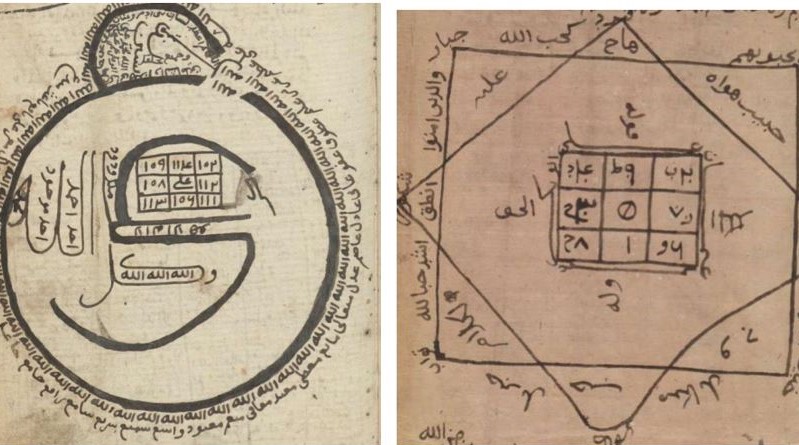 CC BY-NC-SA 4.0
CC BY-NC-SA 4.0 CC-BY-NC-SA
CC-BY-NC-SA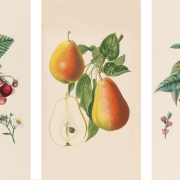
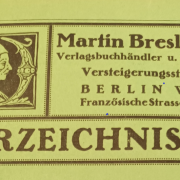
 SBB-PK On 6700
SBB-PK On 6700
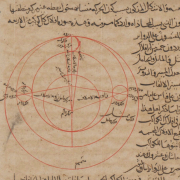 https://creativecommons.org/licenses/by-sa/4.0/
https://creativecommons.org/licenses/by-sa/4.0/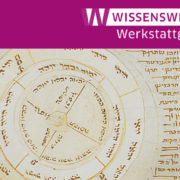


 CC0
CC0
Ihr Kommentar
An Diskussion beteiligen?Hinterlassen Sie uns einen Kommentar!